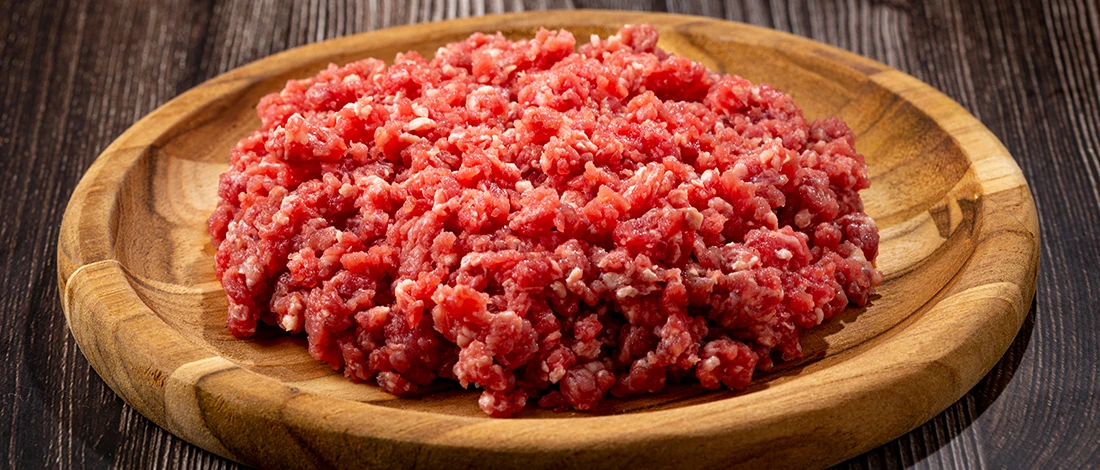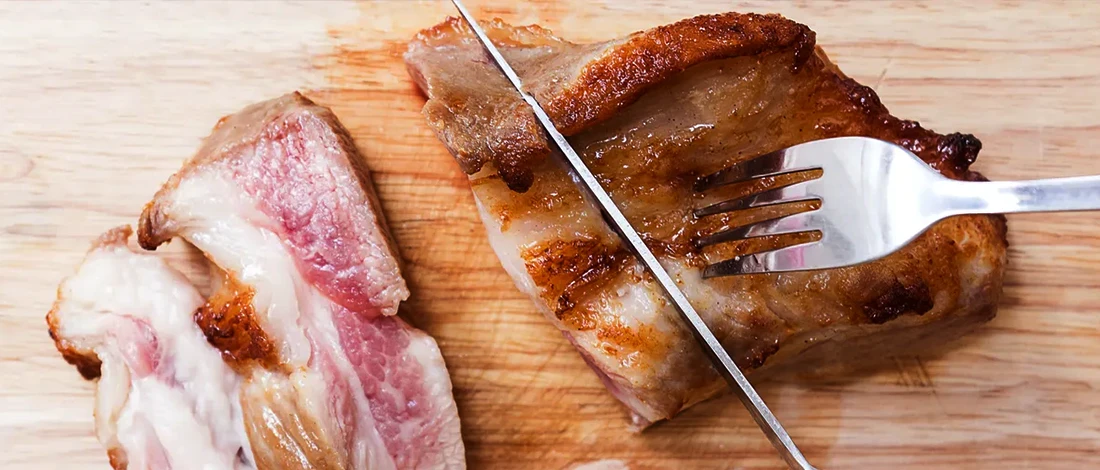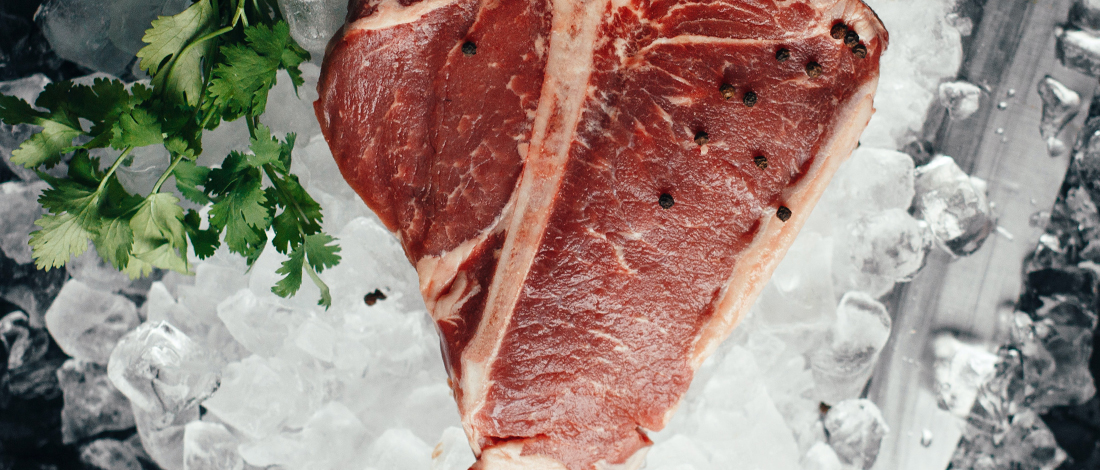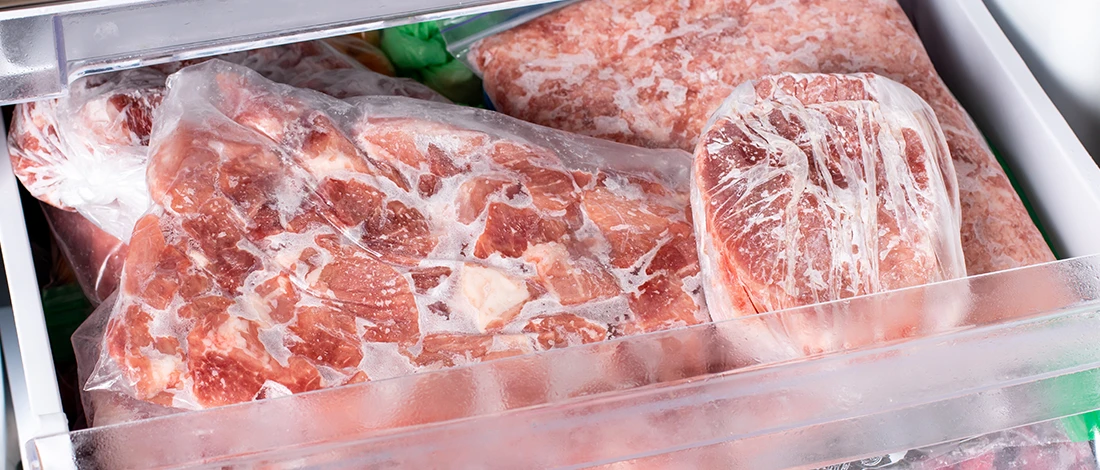Smoking meat can pose a health risk if the correct temperatures are not adhered to during the smoking process.
The dangers are not only present at low temperatures but also how quickly the meat gets up to temperature. Is a temperature of 150°F safe for smoking meat?
We have some expert advice on temperature control to keep your meat smoking safe!
Quick Summary
- Smoking meat at 150°F is not recommended due to the prolonged time the meat stays in the temperature danger zone, allowing bacteria to proliferate.
- The risk of low-temperature meat smoking can be minimized by quickly getting the meat out of the danger zone (40°F to 140°F), ideally by setting the smoker's internal temperature to 225°F to 250°F initially.
- Optimal meat smoking temperatures vary by meat type and cut, with poultry and fish requiring extra care, and thicker cuts generally requiring higher internal temperatures.
Is It Safe To Smoke Meat At 150 Degrees?
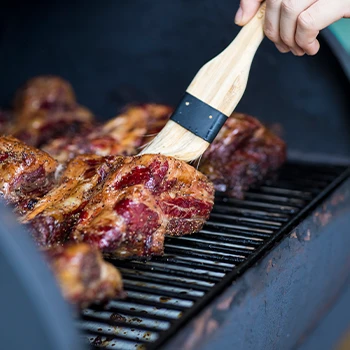
Smoking meat is becoming a popular way to cook meat, entertain family and friends, and enjoy outdoor cooking.
Smoking meat adds flavor and preserves juicy tenderness in the meat if it is done right.
Every avid meat smoker's slow and low mantra can sometimes be construed as pushing the boundaries of safe meat cooking temperatures.
While there may be some risk-takers out there or novices who don't know any better, there are smoking practices that, if followed, do not pose any risk of the meat being cooked at too low a temperature.
So what temperature is too low when smoking meat? Is 150°F or 65.5°C a safe temperature, or is this pushing the limits too low?
As we discuss these meat smoking temperatures, you will develop a sense of what is good and what is dangerous and apply the principles to your own meat smoking process.
What Are The Risks Of Smoking Meat At 150 Degrees?
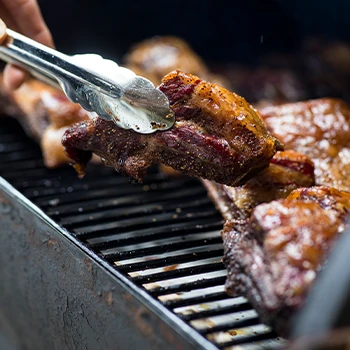
Meat can become contaminated with dangerous bacteria and pathogens surprisingly quickly if it is not kept within a certain temperature range. This applies to both storage and cooking.
There is a temperature danger zone for meat, which should be avoided to prevent the meat from spoiling and becoming a health risk.
This temperature danger zone is between 40°F and 140°F or 4.4°C and 60°C.
Within this temperature range, dangerous disease-causing pathogens can double every 20 minutes that the meat remains in this temperature zone [1].
This danger zone temperature has implications for storing meat in your refrigerator or for cooking it on your smoker.
The meat should only be allowed to remain in this temperature zone for as short a time as possible.
You may be thinking that 150°F is outside of the danger zone, so what's the problem?
The problem with smoking meat at a lower temperature, such as 150°F, is that the smoker's internal temperature will be set to a lower temperature.
The implication is that the meat will take longer to get up to temperature and will thus spend a longer time in the danger zone where the bacteria and pathogens will proliferate in the meat.
Also Read: How to Smoke Meat Without a Smoker?
How To Minimize The Risk Of Low-Temperature Meat Smoking
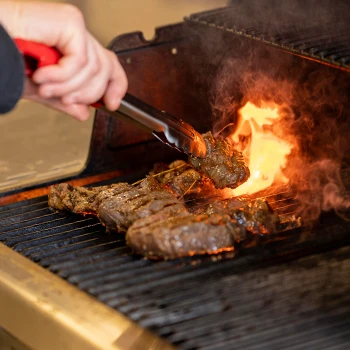
The way to minimize the risk of smoking meat is to get the meat out of the temperature danger zones as quickly as possible.
The best strategy to achieve this is to increase the smoker's internal temperature to increase the speed at which the meat heats up.
An internal temperature of 225°F to 250°F or 107°C and 121°C is recommended to bring the internal temperature of the meat out of the danger zone faster.
Once the meat temperature is out of the problem zone, the smoker's internal temperature can be reduced to slow down the cooking process and allow time for the absorption of the smoke flavor.
This may present the possibility of the meat burning, especially thinner parts of the meat, but you can take measures to prevent this, such as regular spritzing.
Choosing meat cuts of an even thickness will also help ensure the meat comes up to temperature evenly.
In some cases, the thinner ends of the meat will become crispy and slightly overdone, but as with bbq brisket burnt ends, these can be as tasty as the rest of the juicy bits.
Smoked brisket burnt ends have become a favored delicacy, served in many food establishments.
It is not worth taking unnecessary risks with the rest of the meat to simply preserve the thinner edges of the cut.
What Is The Optimal Meat Smoking Temperature?
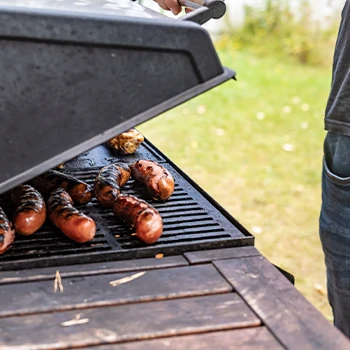
The optimal meat smoking temperatures will vary depending on the type of meat and the meat cut.
Extra special care must be taken when smoking poultry and fish since these meats deteriorate faster than beef or pork.
Between beef and pork, pork requires more care with maintaining correct temperatures to prevent meat contamination.
Get your temperature up as quickly as you can using a higher smoker temperature, to begin with, and then lower the temperature to maintain the meat's internal heat.
The ThermoPro TP20 meat thermometer is a great instrument for measuring the meat's internal temperature.
The Food Service Inspection Service of the USDA has recommended minimum internal temperatures for cooking a range of meats [2].
However, these temperatures are often too low for smoking purposes considering the time it takes for the meat to get to temperature during the process.
The minimum safe smoking temperatures for different meats are recommended as follows.
- Poultry. This includes whole birds as well as pieces. 165°F or 73.9°C.
- Beef. The recommended minimum safe smoking temperature for beef is 160°F or 71.1°C.
- Pork. The minimum recommended smoking temperature for pork is 160°F or 71.1°C.
While these are the recommended minimum safe temperatures for smoking meat, it is best to aim for higher temperatures to err on the side of safety.
The minimum temperatures will also increase depending on the thickness of the cut of meat. Thicker cuts generally require higher internal temperatures.
As an example, the internal temperature to aim for when smoking a brisket is between 195°F and 205°F or 90.5°C and 96.1°C.
You should do your research for each cut of meat you will be smoking to find the best smoking temperatures for the cut, but remember to get your temperatures out of the danger zone as fast as possible.
Related Article:
References:
- https://www.fsis.usda.gov/food-safety/safe-food-handling-and-preparation/food-safety-basics/danger-zone-40f-140f
- https://www.fsis.usda.gov/food-safety/safe-food-handling-and-preparation/food-safety-basics/safe-temperature-chart



